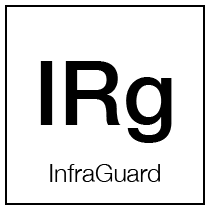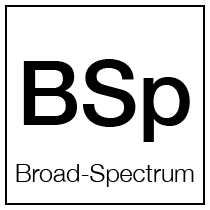your dermal diagnosis™ results
Good day

's Dermal Diagnosis™ Profile





YOUR SKIN'S MAIN CHARACTERISTICS

Rosacea

⍉ Microbiome

Pigmentation

Aging skin

hydrated skin

skincare awareness

Rosacea

Microbiome Disruption

Pigmentation

Aging skin
Aging . Oily . Pigmentation . Rosacea
treatment objectives





↓ pigmentation

anti-redness

anti-aging

↓ inflammation

≈ microbiome






Choose options




Aging . Oily . Pigmentation . Rosacea
products in your treatment pack



SIZE: 100 mL

Itch Relief

Anti-Acne

↓ inflammation

anti-redness

Anti-microbial





SIZE: 30 mL

Unclog Pores

↓ Sebum

Anti-Acne

↓ inflammation

anti-aging






SIZE: 30 mL

Unclog Pores

Minimize Pores

Smooth Skin

anti-aging

DNA repair





SIZE: 30 mL

Even Skin Tone

Moisturizing

anti-redness

anti-aging

↓ inflammation







SIZE: 50 mL

Antioxidant

anti-aging

DNA repair

sun protection

Moisturizing













































